Position Statement: Housing of lactating sows indoors
Policy type: Position statement
Reference: 7a
Status: Current
Date ratified: June 2022
The New Zealand Veterinary Association (NZVA) has produced a position statement on the use of farrowing crates to reflect the diversity of opinions within the membership. The NZVA encourages and supports efforts to identify systems (including farrowing crate free) where the conflicting needs of the sow and piglet (using the Five Welfare Domains) can be better met simultaneously.
- The NZVA finds the use of combination farrowing pens in which the sow may be loose housed or confined to a stall within the pen where the following points are met, to be within the current Animal Welfare Regulations as they are currently written.
- The sow is confined to the stall for no more than one (1) day pre-farrowing and no more than five (5) days post-farrowing and, given the difficulty in accurately predicting time of farrowing, that the sow is confined for no more than seven (7) days in total during any lactation.
- When loose housed within the farrowing pen the sow is able to turn around freely.
- The flooring throughout the pen provides a hygienic environment and secure footing to minimize events such as mastitis, piglet diarrhoea and slipping (e.g., purpose-designed slats).
- The sow is provided with deformable and destructive manipulable material prior to farrowing. The NZVA believe the combination farrowing system provides the best balance between piglet welfare and the sows ability to express a range of normal behaviours prior to farrowing.
Explanation
- The NZVA recognises that in any animal production system that includes more than one class of stock, as any farrowing system must, it may not be possible to give full effect to all of the physical, health, and behavioural needs of one class of stock (i.e., the farrowing sow) where
these conflict with another (i.e., the newborn piglet). Consequently, some compromise may be required. The NZVA position on farrowing crates promotes a system it believes achieves the best net welfare outcome for both the sow and the piglets, while ensuring that the period of any compromise that arises is minimised. - The NZVA recognises that temporary confinement of the sow during farrowing and for a limited period of time after farrowing improves piglet welfare through a reduction in physical injuries that may result in death (such as crushing and trampling), improved colostrum intake and an ability for staff to provide more proactive management (fostering, piglet treatments).
- The NZVA encourages and supports the adoption of new technologies and knowledge to improve production systems that support viable farm businesses that are consistent with advances in animal welfare science and changing societal expectations.
Guiding Principles
- As the benefits of sow confinement during lactation reduce with each successive day of confinement, the period of confinement should be kept to a minimum;
- Current scientific research, while clearly demonstrating that confinement does restrict or prohibit some sow behaviours, is equivocal as to the impact this has on sow welfare;
- Around farrowing some sows present a significant health and safety risk to staff when unconfined.
Further Reading
Moustsen VA, Hales J, Lahrmann HP, Weber PM and Hansen CF 2013. Confinement of lactating sows in crates for 4 days reduces piglet mortality. Animal 7(4), 648 – 654.
Hales J, Moustsen VA, Nielsen MBF. and Hansen CF 2016. The effect of temporary confinement of hyperprolific sows in Sow Welfare and Piglet protection pens on sow behaviour and salivary cortisol concentrations. Applied Animal Behaviour Science 183, 19 – 27.
Kielland C, Wisløff H, Valheim M, Fauske AK, Reksen O and Framstad T 2018. Preweaning mortality in piglets in loose-housed herds: etiology and prevalence. Animal 12:9, 1950 – 1957.
Additional Resources
Baxter EM (2022). ‘Free’ Farrowing: Exploring different international farrowing regulations, industry- and market-led initiatives. (Policy Spotlight; No. 5). SRUC's Rural Policy Centre.
